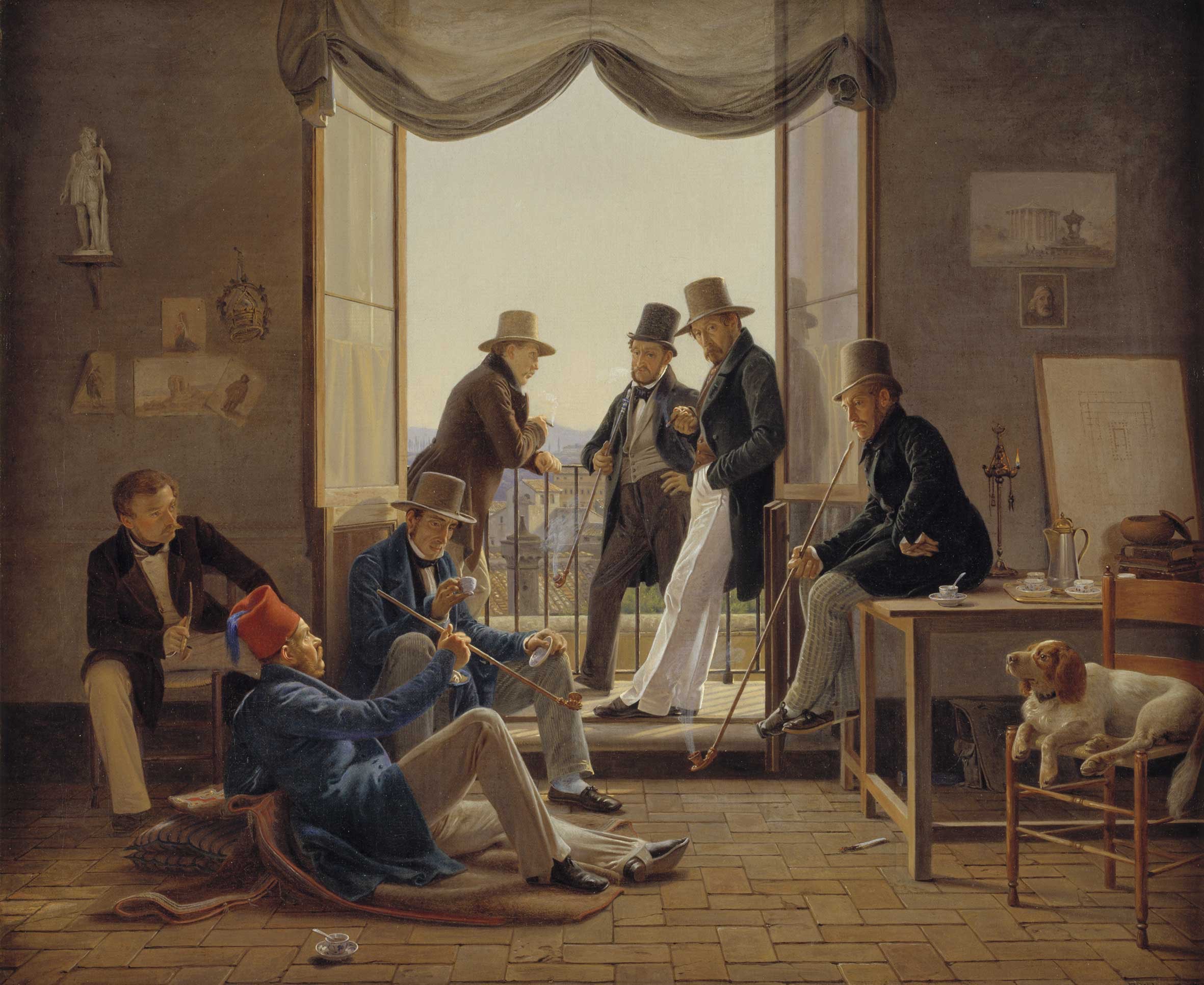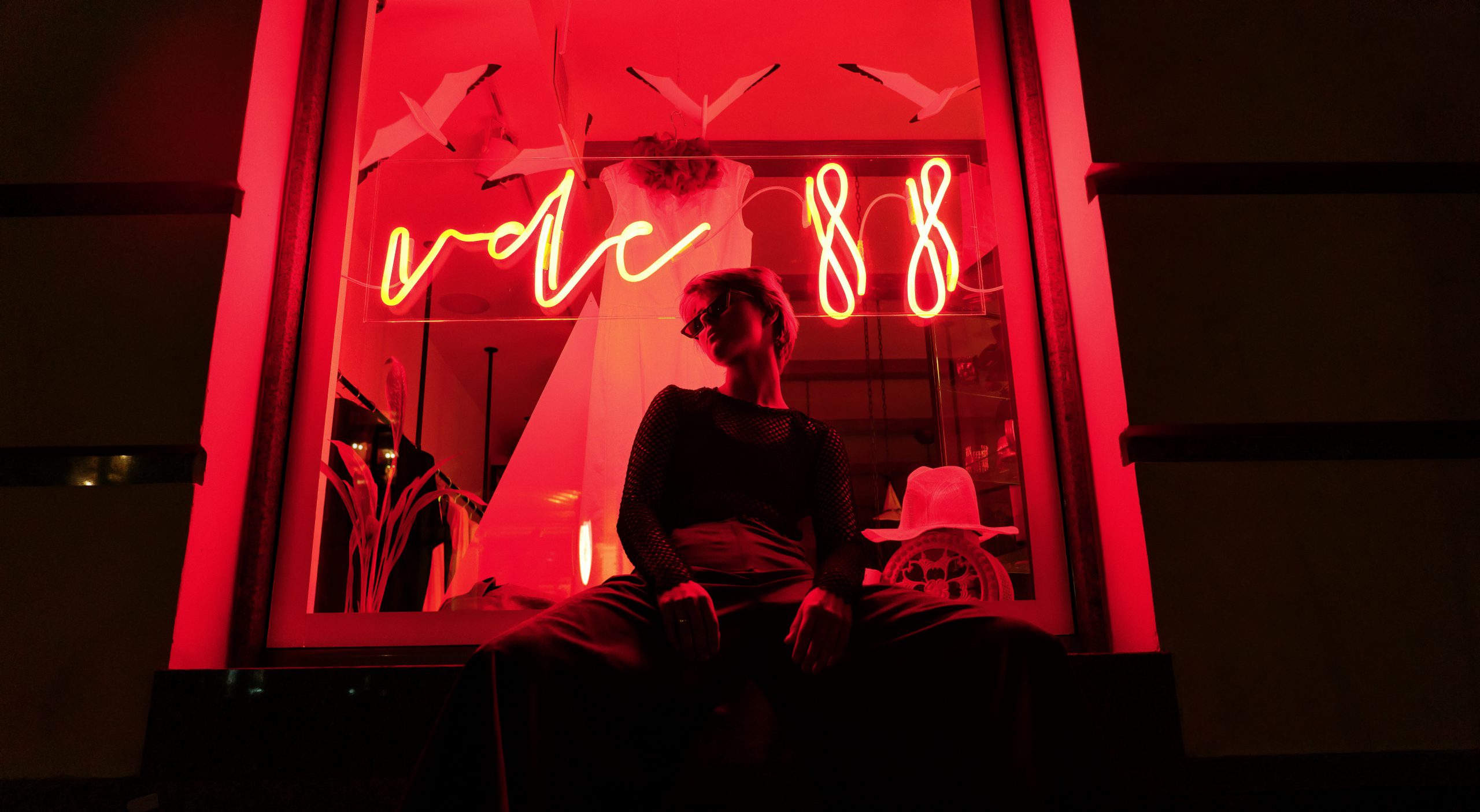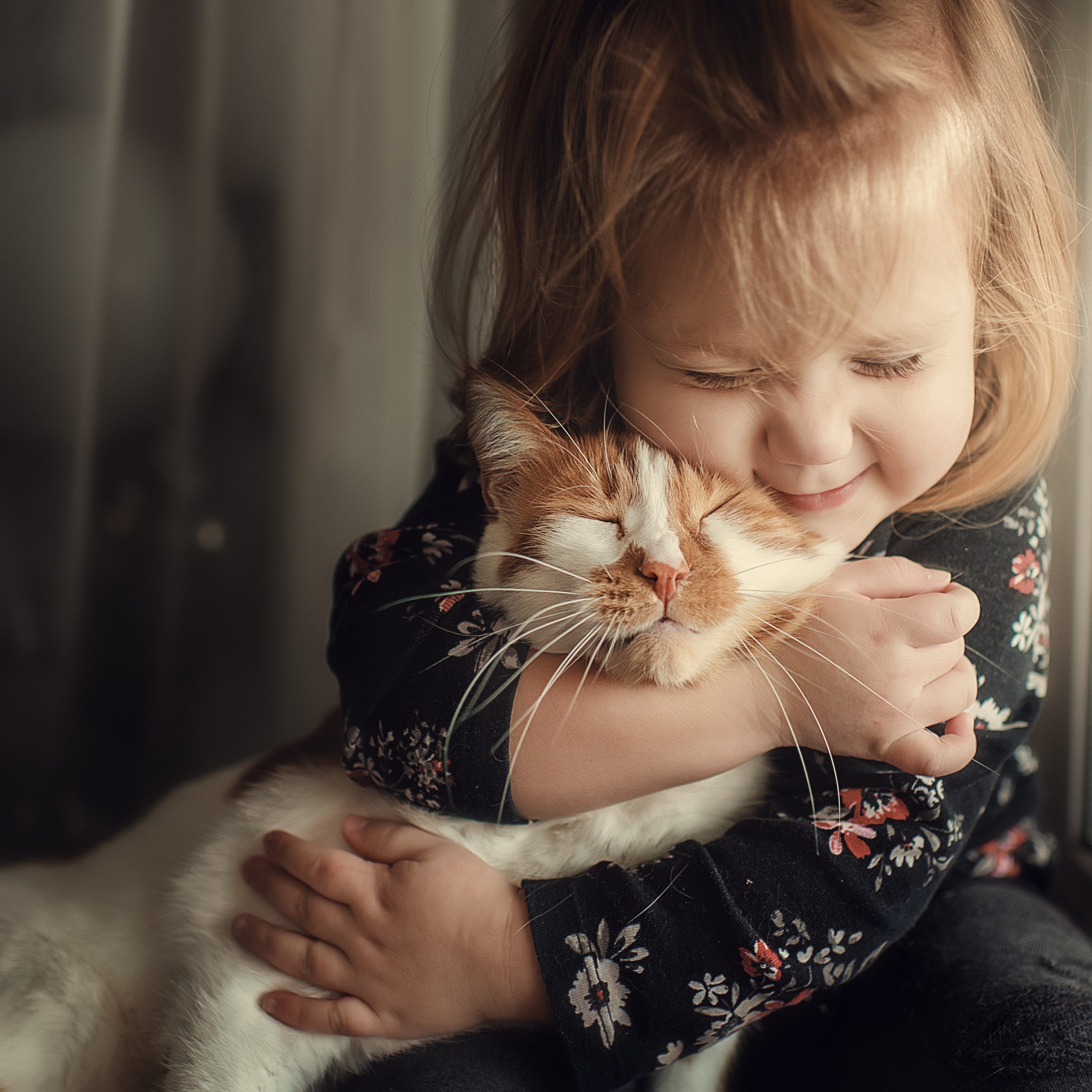
Calling someone “singular” much like “iconic” is something that nowadays is so overused that it’s become moot. However, both of those words actually describe Julio Torres, the 37-year-old writer, actor, director, comedian, who has one of the most remarkable and dizzying minds creating art. His comedy is surreal and silly with a dash of sadness. After writing for “Saturday Night Live,” Torres with co-creator Ana Fabrega worked on two seasons of the HBO series “Los Espookys,” a Scooby Doo troupe meets a telenovela creating spooks and scares for hire, which won a Peabody.
Torres’ first feature which he wrote, directed and stars in, “Problemista,” in theaters now, harnesses everything that makes Torres so special in a deeply personal way. The film follows Alejandro (Torres), an aspiring toy designer from El Salvador who has to navigate the broken U.S. immigration system after his work visa runs out. His only hope is Elizabeth (Tilda Swinton), an art critic who wants to launch a show of her husband’s artwork. When he begins working for Elizabeth, a work visa feels within the realm of possibility, but when working for her begins to become nightmarish Alejandro’s dreams feel far out of reach.
With Torres’ fairytale-esque visuals and funny and poignant storytelling, “Problemista” is both a treatise for anyone who wants to dream big and make those dreams come true. But it’s also a pointed indictment of the broken American systems of immigration and the gig economy, both of which feel made to keep certain people away from the so-called American dream.
Torres talked to RogerEbert.com about the personal inspiration for “Problemista,” working with Tilda Swinton, and what to expect from his upcoming HBO series.

What was the first kernel of your inspiration for “Problemista”?
The movie is very inspired by my period of time going from a student visa to a work visa. I knew that that journey was interesting, but then I struggled with how to turn that into a movie. The tone of it really fell in place when I realized that the kind of movie I was making was one where Craigslist was a person. And then all the themes fell into place.
You have all these legendary people in the film—Isabella Rosselini, RZA, Tilda Swinton—how did you get them involved in the film?
I am so lucky that this movie attracted so many beautifully interesting people. Tilda was one of the first pieces to fall into place, then Isabella, then RZA. They’re all performers who are attracted to interesting work, and they were attracted to this for that reason because it looked interesting. Tilda was familiar with my work before this and it just looked like a good time and we did have a good time.
How was the collaboration with Tilda on her character Elizabeth? I’m sure you had ideas of what you initially wanted, but what did she bring to the character as well.
The first thing was her voice and her accent. I originally thought she was going to be American, but then Tilda was experimenting with accents and found this voice and sent it to me on a voice note. It was just so funny, and it allowed her to be so messy and imprecise in the way that she speaks. Then coming up with the look for the hair and the clothes, we just needed something like spiky, but disheveled. And we knew that the endpoint was supposed to be a hydra. Just finding the journey to that was a really fun collaboration.
When people see your work whether that’s “Los Espookys” or “My Favorite Shapes,” your aesthetic viewpoint is just so obviously a Julio Torres project. How involved were you with other aesthetics of the film aside from just directing?
Very involved. That’s one of my very favorite parts of directing is being so involved with costumes and sketching and looking at materials. I love that stuff.
Was there anything specific in terms of Elizabeth’s wardrobe or anything that stuck out to you, sticks out to you that you were like, this has to be in here in terms of wardrobe or hair or anything like that?
It was more the general direction. I provided very specific things that allowed for the other collaborators, the wardrobe people to really find a world from it. [Elizabeth] likes red and is disheveled and just snowballs from there.

So many parts of “Problemista” feel so timely, especially everything about the U.S. immigration system and the ways you visualize the ridiculous process of it. What was it like excavating and examining that?
This movie’s very personal, and so I wasn’t thinking about any sort of political statement. I was just expressing emotion and expressing the heart and emotional ecosystem of this specific character. I’m very interested in just bureaucracy and broken systems. And so I made something that was very specific, that felt very honest and very true. And like you say, it’s lo and behold, it’s pretty relevant.
Another thing that feels really relevant watching the film is the idea of people always struggling for something else, which felt very poignant. Larry Owens is so brilliant as Craigslist and you really explore the idea of the gig economy.
The surprise to me in promoting this movie is how it resonates with so many people. I thought, because at the time when I was living the events that inspired this movie, it felt very lonely, and it felt like I was by myself. Seeing that so many people from different walks of life feel similarly has been very illuminating.
There’s a really great scene in the film when Alejandro learns that his Bank of America account is over-drafted and he has a whole back and forth with the phone representative about the fees. It’s honestly the most haunting scene I’ve seen all year and something that feels so universal but I’ve never seen on screen. How did you come up with that scene?
Showing what it feels like and the emotional journey of trying to appeal to the humanity of someone who’s also trapped in the system, who if they feel like they tap too much into their humanity, then they’re going to lose their job. It is anguish, it is a tragedy. Having River Ramirez play that part was just so fun. It was very exciting to make something feel so real and people have gone through it, but you never, rarely ever see banks getting dragged in the media. I don’t know if people are scared by them or what.

There are so many incredible people in “Problemista” that you’ve worked with like River, James Scully, Charlene Incarnate, Spike Einbinder. What was it like being able to collaborate with people who are close to you on this experience?
It’s the way that I like to work. It’s what makes very interesting work for me. I think it’s the reason Tilda and I mesh so well because she was brought up creatively in a similar ecosystem. I just think that’s the best way to work. It’s an expression of love and it’s something made in community and that’s what I hope to keep doing.
A lot of “Problemista,” both visually and narratively, really had a strong fairytale vibe to me. Was that something that inspired you?
I feel like the tether of the fairytale was very helpful. It created a backbone for the movie that I needed and a lens through which to see it. It’s the dragon, Larry [Owens, as Craigslist] which is this Ursula kind of character.
Do you have a favorite fairytale?
It’s not a fairytale, but in terms of animation, I saw when I was a kid, “The Hunchback of Notre Dame” was definitely there. If you look closely, the child version of my character has an Esmeralda doll.
I loved “Los Espookys” so much, I know that you’re supposed to have another HBO show out this year. Can you talk a bit about it?
I have emails and texts piling up from my post supervisor begging for me to give them answers on some special effects things. So I’m in the middle of that. I don’t even know what to call it. It’s not a sketch show series. It’s a series of little fables or something connected. And it’ll come out at some point this year.
I would say the tone is a little darker, quite literally. There’s more shadows, I guess is what I mean. And a lot of the buddies that you know and love.




